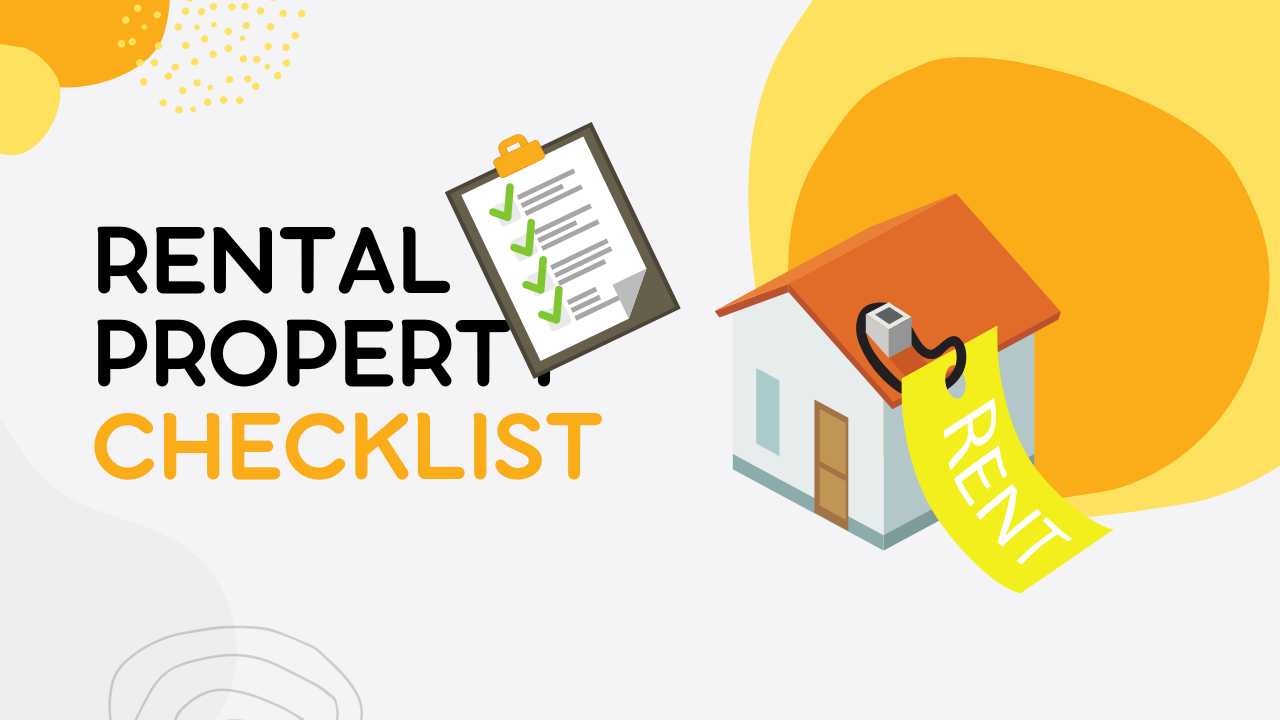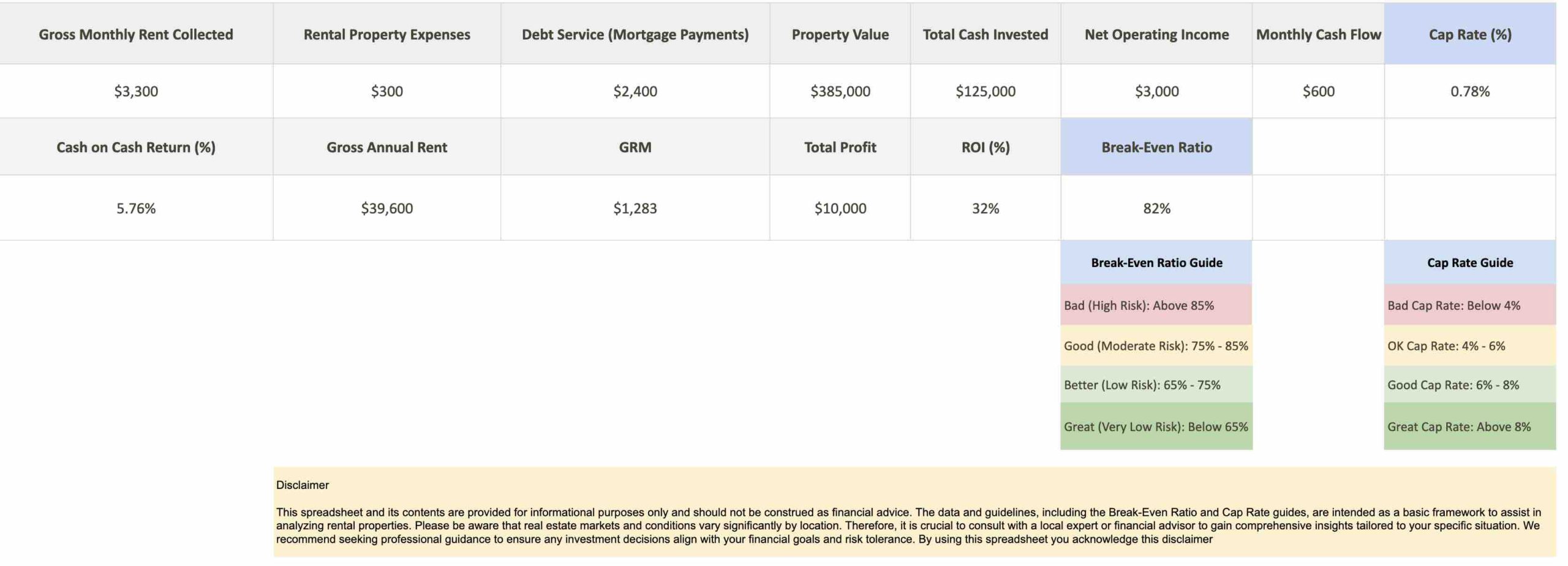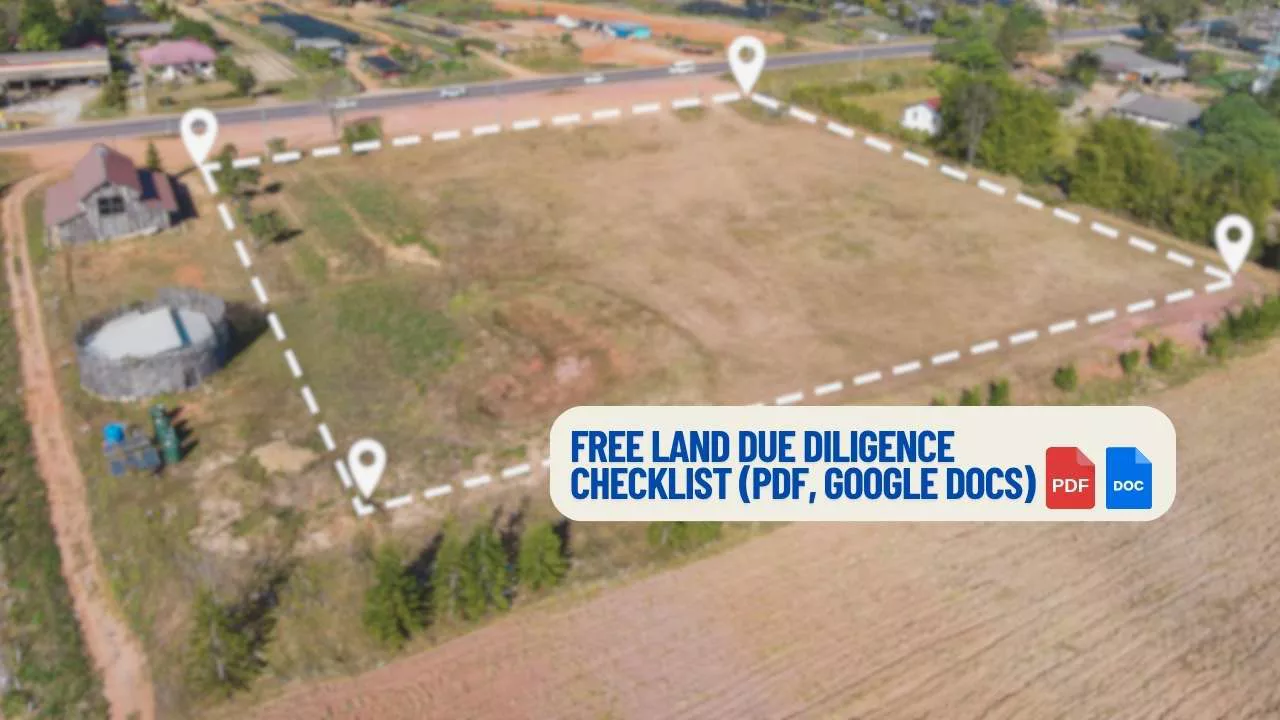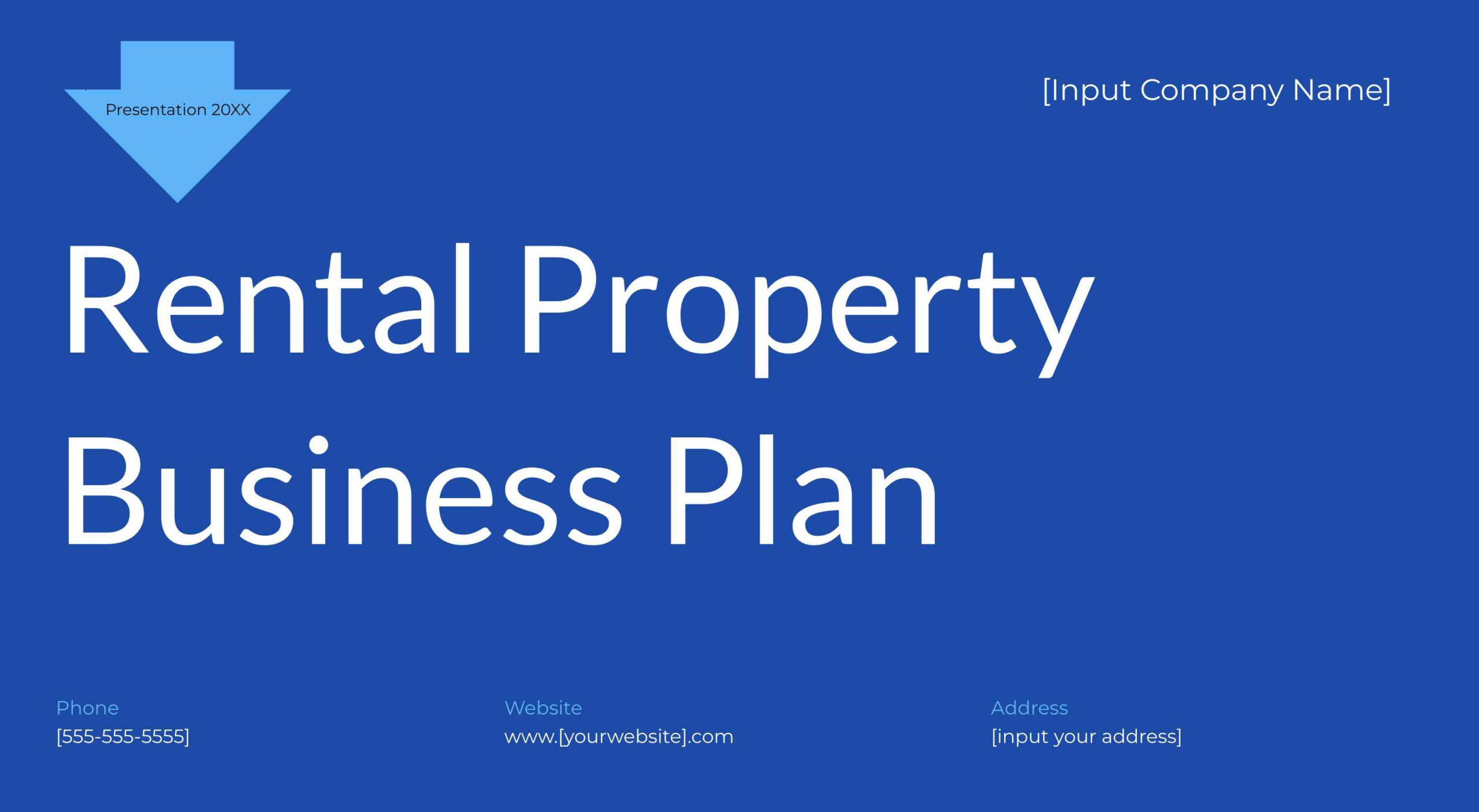
Every landlord should use an inspection checklist for their rental property. It’s the best way to ensure your property stays in great condition while keeping everything documented. A rental inspection checklist makes it easy to stay consistent, and this means fewer headaches for you and your tenants.
Any property manager needs to maintain a consistent record of their inspections, and having a reliable checklist is the first step to getting it right. Over the years, I’ve fine-tuned my process, and this is my favorite landlord inspection checklist. I’m making it available for free so you can use it with your properties too.
There are a number of items that you need to keep close during an inspection, like your lease agreement or any additional notes you’ve collected. With this checklist, you’ll know exactly what to look for every time.
Add this free template for your rental property inspection checklist files, and take the hassle out of your next inspection.
Download Our Free Rental Inspection Checklist
If you think I missed anything in this checklist, message me and let me know. I can always update it as needed – Joe
I can help you with your routine rental inspections and save time with our free inspection form. Always make sure you give proper notice and respect tenant rights while using our checklist to identify any pest infestation or report maintenance issues. Our checklist helps create a comprehensive tenancy agreement, so you can avoid legal action and understand the required notice for entry and follow up inspection.
Rental Property Checklist Template Example
There are many different reasons for a landlord inspection checklist. It can be a move in checklist, a move out checklist, or any other management issues for rental properties.
This checklist covers various aspects of the rental property experience, focusing on ensuring the property is well-maintained, safe, and compliant with legal requirements. The checklist is particularly useful for:
- Lease and Legal Compliance – Ensuring lease agreements are accurate and that safety devices like smoke and carbon monoxide detectors comply with local laws.
- Property Condition Assessment – Documenting the overall condition of the rental property, identifying both major and minor issues, and distinguishing between normal wear and damage.
- Maintenance and Repairs – Highlighting areas needing repair or maintenance to ensure tenant satisfaction and property functionality.
- Tenant and Landlord Relations – Providing clarity on pre-existing damages to avoid disputes over security deposits and ensuring both parties are informed about the property’s condition.
This checklist is designed to facilitate a thorough inspection process with written documentation, supporting property management in maintaining a safe and appealing rental environment.

| Item | Example |
|---|---|
| Lease Agreement | Ensure the lease agreement is accessible and correctly signed by all relevant parties, such as both the landlord and tenant. Check the lease term for accuracy. |
| Property’s Condition | Document the overall state of the rental unit. Note if it is a well maintained property or if there’s visible damage that needs addressing. |
| Property Details | Confirm property details like the property address, rental unit layout, and features. Include any of the property’s unique features in the report. |
| Rental Property’s Condition | Note specific areas requiring attention, like structural damage or maintenance issues, and record them in an inspection report. |
| Fire Extinguishers | Verify all fire extinguishers are present, functioning correctly, and compliant with local laws. |
| Carbon Monoxide Detectors | Check that carbon monoxide detectors are installed as required by law and functioning properly. |
| Smoke Detectors | Test smoke detectors to confirm they are working properly and positioned correctly in the rented property. |
| Maintenance Requests | Document any ongoing maintenance issues or pending requests from the tenant, ensuring the inspection process addresses these concerns. |
| Pre-existing Damages | Note any pre-existing damages to avoid disputes about the security deposit at the end of the lease term. |
| Functioning Properly | Test appliances, faucets, and other systems to ensure they are working properly, taking note of anything that is not functioning correctly. |
| Wear and Tear | Identify wear and tear versus intentional damage. Differentiate between normal wear and property damage during inspections. |
| Property Damage | Record any significant damage, especially if it impacts the functionality of the rental unit, such as broken windows or holes in walls. |
| Light Fixtures | Ensure all light fixtures are present and working properly. Replace bulbs where necessary during the rental walk. |
| Needed Repairs | Identify repairs needed to ensure the property management team can promptly address them, focusing on safety and functionality. |
| HVAC System | Test the HVAC system for proper heating, cooling, and ventilation. Note maintenance issues impacting tenant satisfaction. |
| Existing Damage | Check areas previously damaged to see if repairs were made or if further work is required. |
| Condition of a Rental | Summarize the overall condition of the rental property, highlighting any maintenance issues or damage. |
| Structural Damage | Look for major structural damage like cracks in walls, foundation issues, or ceiling leaks. |
| Minor Issues | Note minor issues like scratched surfaces, dents, or loose fixtures. Determine if they require action now or can wait for the regular inspections. |
| Additional Notes | Include important details such as observations about tenant moves or any feedback from potential tenants when showing the property. |
Additional Notes & Best Practices for This Rental Property Inspection Checklist
Best Practices for Property Managers
Make sure you get a signed checklist for your files. Needs can vary based on the needs of what is happening, but always a good idea to keep track of all parties who are involved and need to be tracked for follow up needs.
| Section | Details |
|---|---|
| Use a detailed checklist | Ensure all areas of the property are thoroughly reviewed. |
| Document relevant information | Clearly record findings for the rental inspection report to maintain transparency for both property owners and tenants. |
| Compare with lease agreements | If a tenant moved out, compare the property’s condition with the original lease agreements to assess any damages beyond normal wear. |
| Confirm for a new tenant | Verify that every aspect of the property, including front door locks, is functioning properly for safety and tenant satisfaction. |
| Leverage a mobile device | Use a mobile device to record findings quickly and efficiently, making it easier to share results with landlords and other parties involved. |
| Vary focus during inspection | Pay attention to both major systems like HVAC and smaller elements like light fixtures, as issues can occur in critical and minor areas alike. |
| Completion Details | |
| Inspector’s Name | ___________________________________ |
| Inspection Conducted For | (e.g., Property Owners, Landlords, or Other Parties) ___________________________________ |
| Inspection Date | ___________________________________ |
| Purpose of Inspection (Check one) | – [ ] New Tenant Move-In inspection – [ ] Tenant Move Out inspection – [ ] Regular Rental Inspection Report – [ ] Other ___________________________________ |
| Additional Observations | Leave space for any other notes or comments. This ensures the inspection aligns with best practices and record-keeping standards. |
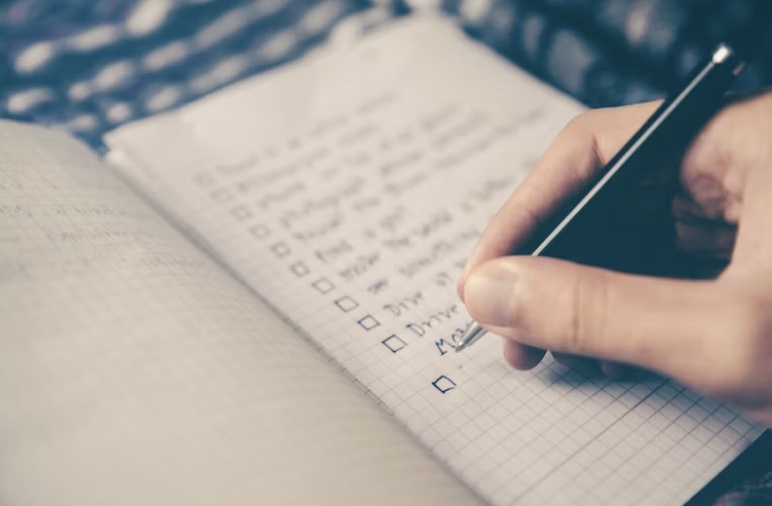
Join Our Real Estate Investor Network
Become part of our growing network of seasoned rental property investors and real estate agents to unlock the full potential of your rental properties.
Collaborate with experienced property managers and connect with a dedicated property manager to streamline every step of the rental process.
Gain access to resources like a comprehensive landlord inspection checklist, tools to verify the property address, and strategies to manage security deposit concerns effectively.
From preparing for a move out inspection to ensuring a smooth move in inspection, our network will guide you in assessing the rental property’s condition accurately and addressing the needs of both the landlord and tenants.
Join us today and take your rental property ventures to the next level.

Check Back for Updates to our Detailed Checklist and Inspection Report
To help you stay on top of maintenance issues and conduct thorough rental inspections, be sure to check back regularly for updates to our checklist. We’re always working to improve our inspection report and add new sections on routine inspections to ensure you have the most comprehensive tool available.

